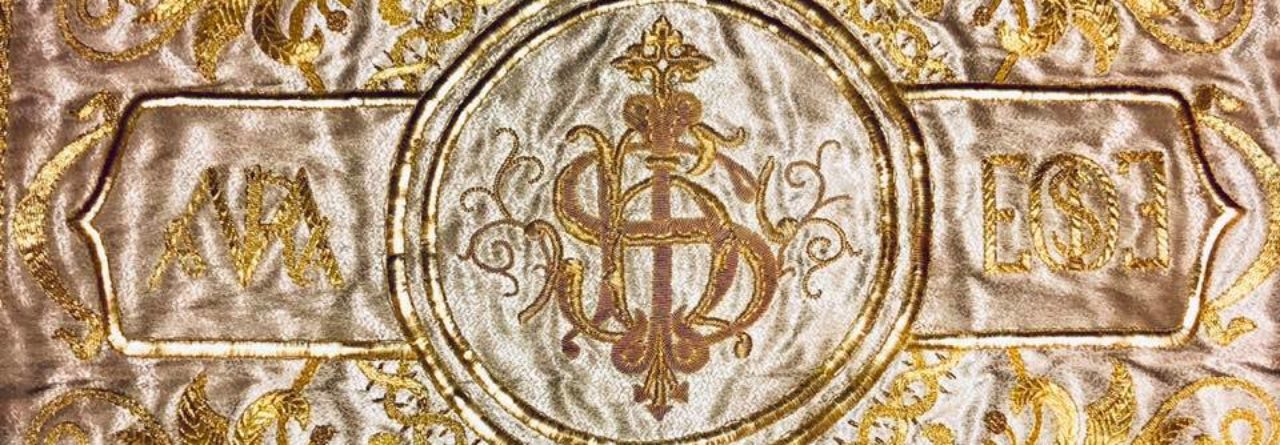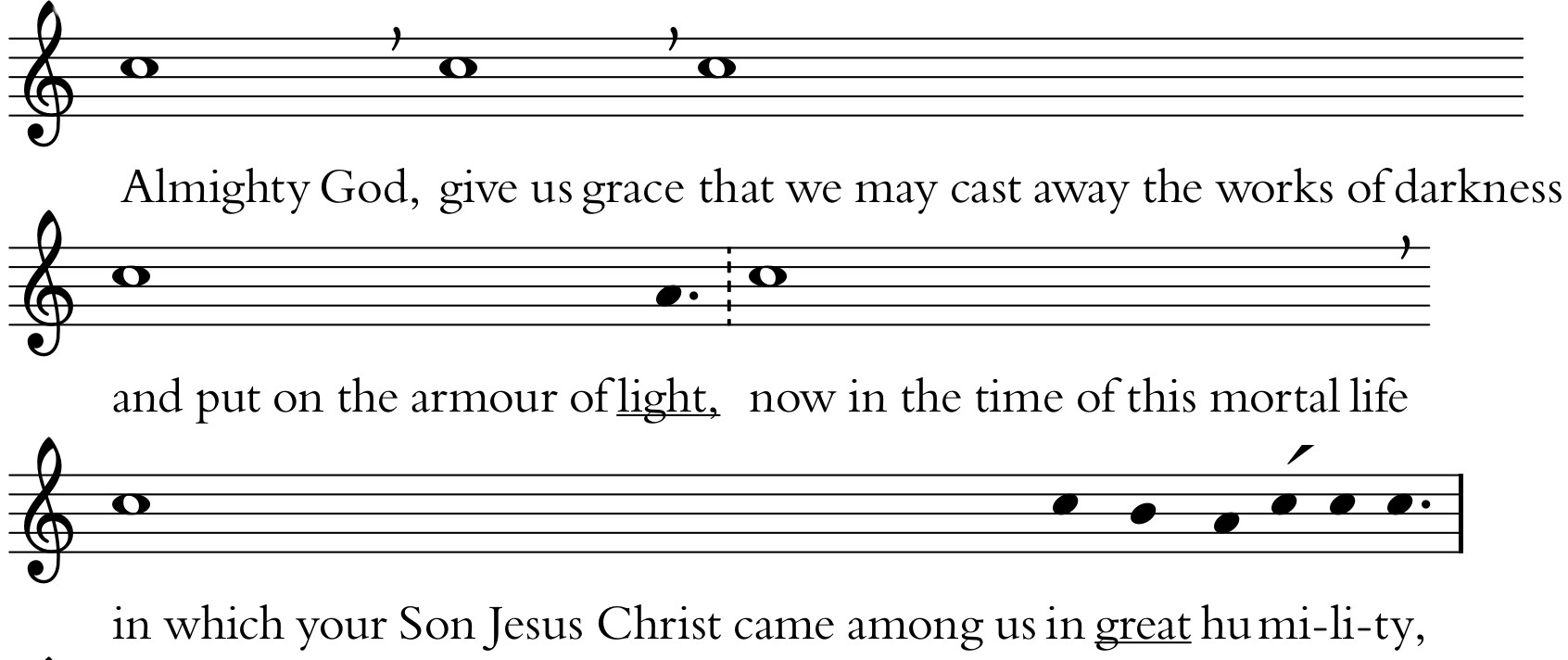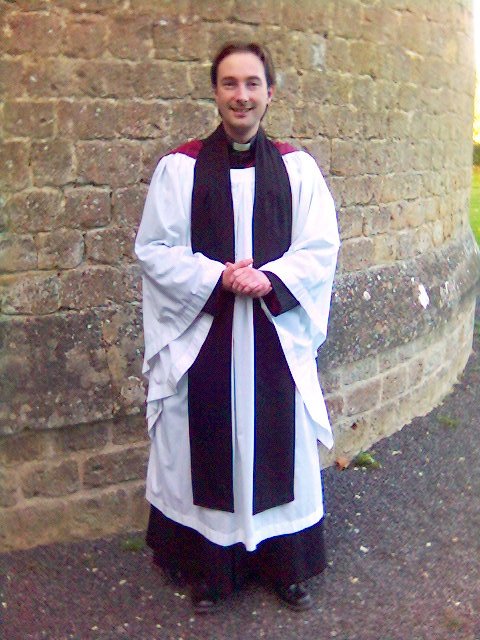Here is my video tutorial (40 minutes) on how to sing the Collect at Holy Communion.
In this video, I give a basic introduction to chanting the Collect at Holy Communion according to the Simple Tone.
The celebrant at Holy Communion says or sings the Collect appointed at the close of the gathering rite.
There is a great tradition of singing this prayer. Singing it helps underline its importance.
There are a few tones for singing the Collect, but this is perhaps the best one to learn. It only has four notes and can be pitched by the celebrant at a comfortable level.
In this video, I look at a sample Collect — the Collect for Advent Sunday from A Prayer Book for Australia — and examine its structure before learning how to sing it. Learning the structure of each Collect helps us understand its meaning and also helps us convey that meaning to the congregation.
I then practise chanting the text to one note (recto tono or ‘monotone’), and recommend this as good practise for learning how to chant well. Then I begin adding each inflexion or cadence one by one until the whole chant is assembled. I give some suggestions for the not-so-musical to help find the notes. I finish by showing how I might mark up the text without music so that I can sing directly from the prayer book.
A PDF of the full music seen in this video is available here:


